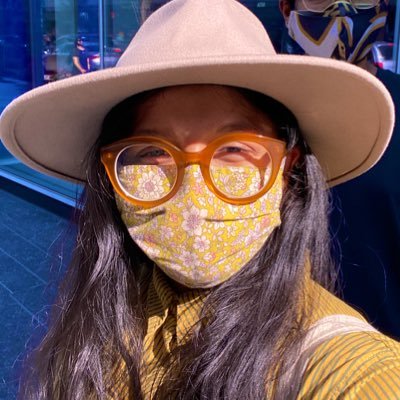Finally, we reach the synthesis and storytelling phase of the project. Here are a few pointers to consider during this phase of a design ethnography project.
Share back stories from the field: After gathering data from the field, the next step is to share back stories from the field in an evocative and thoughtful way with stakeholders who couldn't accompany you. In my experience, there are two moments in the research process when this is most impactful. The first strategy is to share raw, real-time updates from the field with imagery and quotes from participants. The second is to present synthesized stories that respond directly to the research question. In the context of design ethnography, the purpose of this storytelling is to evoke empathy and make them memorable.
Synthesis Methods: If you do your analytical field notes right (during research implementation), you have already begun the synthesis process. But after you are done with fieldwork, it is crucial to aggregate your findings across all the interactions you had with human participants. At this stage, you are translating data into actionable insights about people's behaviors, attitudes, goals, and unmet needs. When done right, this phase yields fertile ground for defining emerging design and innovation opportunities and constraints.
Triangulating with other data: In most innovation projects, ethnography is just one of the many parallel research streams but often the most impactful. See how you can use ethnographic evidence to support insights emerging from other research streams. The most powerful way to showcase empirical observations from the field is to weave them into findings and insights drawn from various research streams.
Representing people's lived experiences: Make sure you are not over-indexing stories from one participant. If you have done a rigorous synthesizing exercise, you will have sufficient data to arrive at unique and well-grounded innovation opportunities. As a researcher, your job is to ensure a just representation of all stories.
